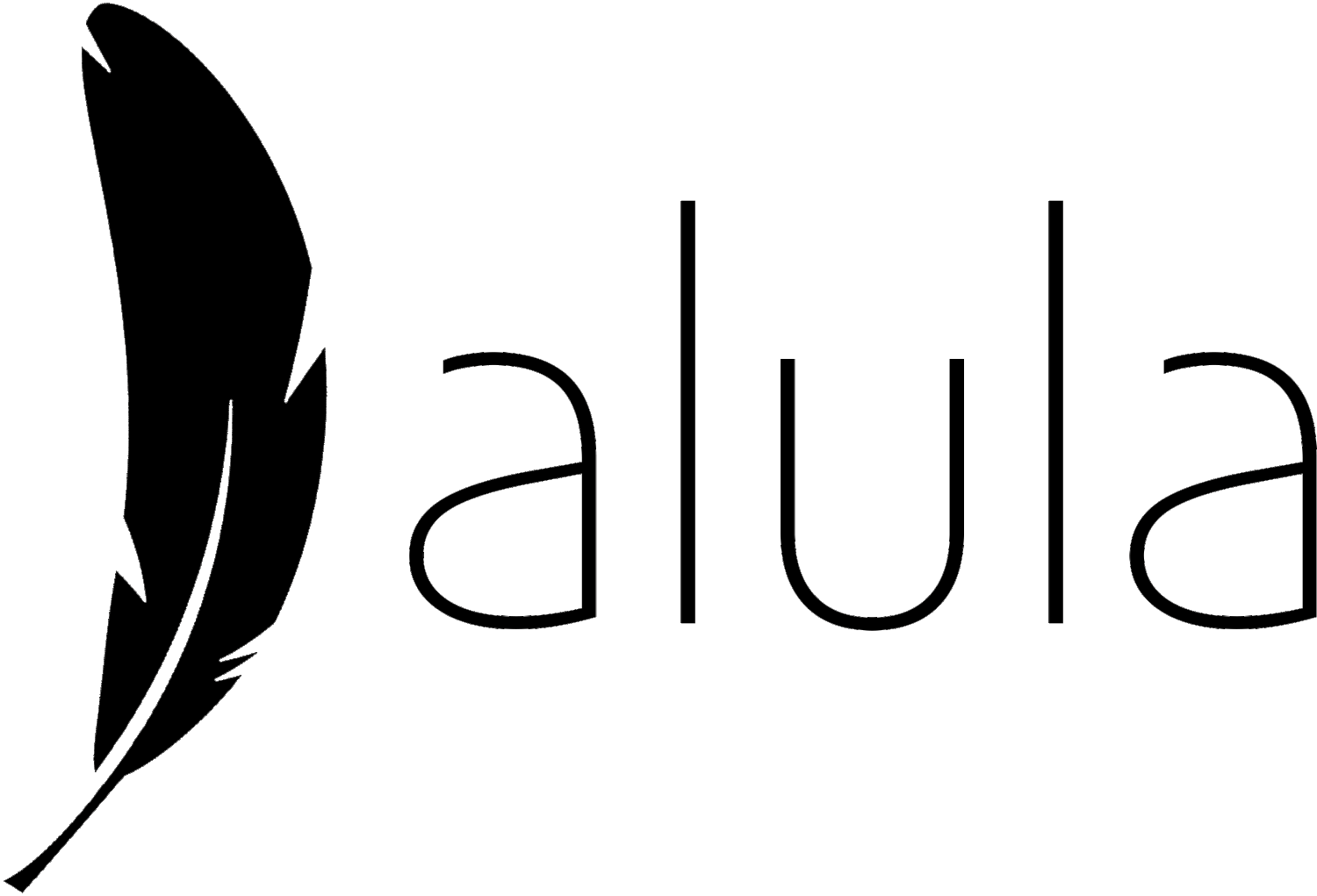Why Connection Matters: Supporting Friendship & Social Inclusion in the NDIS
We all need connection.
Not just contact with others, but the kind of relationships that make us feel heard, safe, and seen. For many people living with disability, however, friendship and social inclusion remain some of the biggest unmet needs — even when other supports are in place.
At Alula, we believe connection is foundational care. And while it can’t be forced or scripted, we can help create the conditions that allow connection to grow.
This week, we’re looking at why friendship matters, what barriers can get in the way, and how you can support someone in building relationships that are real, safe, and meaningful.
🤝 Why Friendship & Social Connection Matter
Research shows that people with disability are far more likely to experience:
Social isolation
Limited peer relationships
Restricted access to shared community spaces
This isolation can affect:
Mental health
Confidence and communication
Opportunities for independence and skill-building
But when someone feels included — whether it’s with one trusted friend or a group of peers — they’re more likely to:
Try new things
Speak up for themselves
Explore their identity
Feel proud of their place in the world
🧱 What Gets in the Way of Connection?
It’s not always a matter of not wanting friends — it’s often that the system or environment makes it harder. Here are just a few common barriers:
BarrierImpactLimited transportMakes attending social events difficultCommunication differencesCan make initiating or sustaining conversation stressfulPrevious exclusion or traumaMay lead to fear of rejection or maskingGroup settings that aren’t neurodiversity-friendlyCreate overload or shameSupport workers “doing for” instead of “walking beside”Limits autonomy and natural social moments
Support can make or break these moments. Which brings us to the good news — support workers and families can be powerful allies in fostering connection.
🛠️ Practical Ways to Support Connection & Friendship
Here’s how to encourage social inclusion without pressure, scripts, or performance:
1. Ask About What Connection Looks Like to Them
Not everyone wants the same kind of social life. For some, one friend is enough. For others, it’s group events or shared interests.
Try asking:
“What kinds of people do you feel comfortable around?”
“Would you like to see someone this week or take a break?”
“Is there anyone you’ve met that you’d like to see again?”
Let them define what “friendship” or “connection” means.
2. Use Shared Interests as a Starting Point
Connection grows where interests overlap. Whether it’s trains, Minecraft, poetry, or pets — shared passions are bridges to belonging.
How to help:
Join local groups or online forums based on interest
Look for accessible events, meetups, or classes
Offer role-play or visual scripts for what “starting a conversation” might look like
Avoid “forced socialisation” like generic day programs if they don’t reflect the participant’s personality or interests.
3. Model Inclusive Interaction
Support workers can quietly model social behaviours that include — not direct.
Examples:
Introducing the participant using their preferred name and interests
Pausing to allow them to speak or respond
Avoiding correcting or speaking for them unless asked
Using open body language and a calm presence
🎯 The goal isn’t to “smooth things over” — it’s to create space where difference is respected.
4. Support Communication Comfortably
Not everyone communicates with speech — and that doesn’t mean they can’t connect.
What helps:
Support use of AAC or communication cards
Teach peers and group leaders how to respond to different communication styles
Translate body language and facial expressions when appropriate
Encourage creativity — connection can also happen through shared activities like art or movement
5. Know When to Step Back
Sometimes the best thing a support worker can do is gently step aside.
If a participant is safe and actively engaging with someone, give them space. Hovering or correcting too often can disrupt the natural rhythm of peer connection.
Use visual cues, like thumbs-up from a distance, or have a non-verbal “check-in” sign if the participant needs support without disrupting the moment.
💬 Real Voices
“I don’t need heaps of friends — I just wanted one person who doesn’t think I’m weird.”
— Tahlia, 25
“He always wanted to go to trivia night, but never felt safe going alone. Now we go together — but I sit at a different table.”
— Liam, support worker
“I met my best mate in a LEGO club. We both just sat there for ages building. Didn’t even talk much at first.”
— Arjun, 17
✅ Quick Takeaway Tips
Whether you’re a support worker, parent, or ally, here’s how you can help:
Start with interests, not group activities
Ask what kind of social interaction feels right
Use visual tools or scripts if initiating is hard
Celebrate effort, not outcome (“You stayed the whole time!”)
Create small, regular chances for connection
Step back when a natural moment is happening
Final Thoughts
Friendship doesn’t follow a formula — and that’s okay.
What matters is that participants feel empowered to connect in ways that feel safe, natural, and meaningful.
At Alula, we believe connection isn’t an add-on — it’s at the heart of wellbeing. Whether it’s a new group, an old friend, or a single shared moment of laughter, we’re here to walk beside every participant on their own path to belonging.
